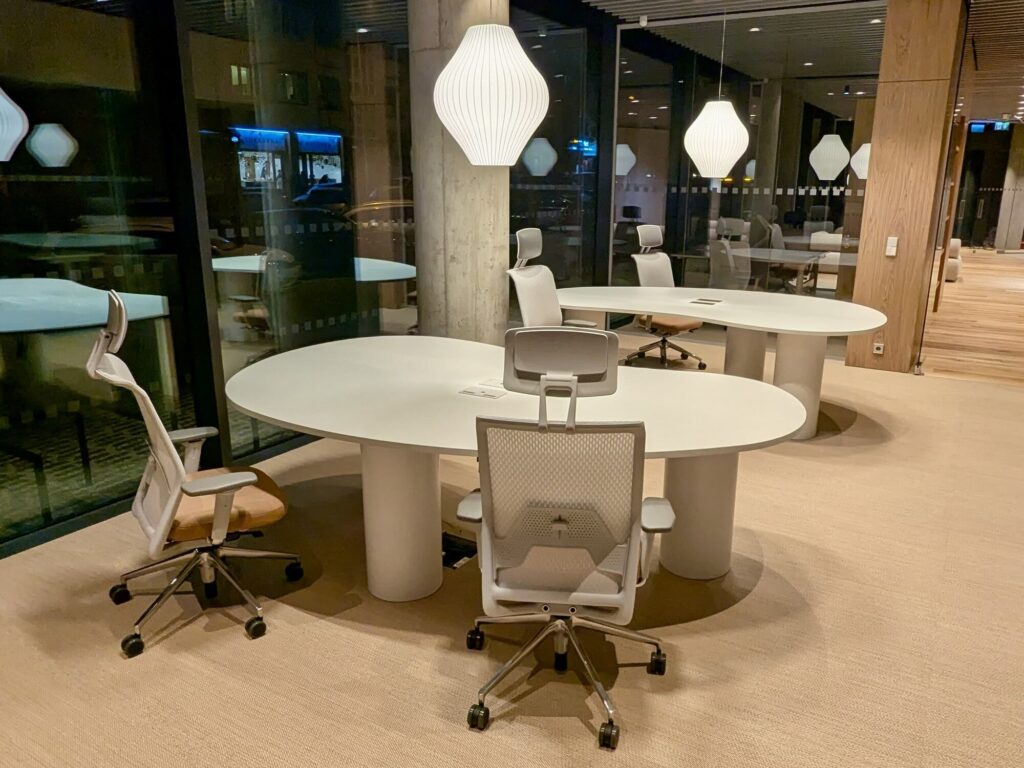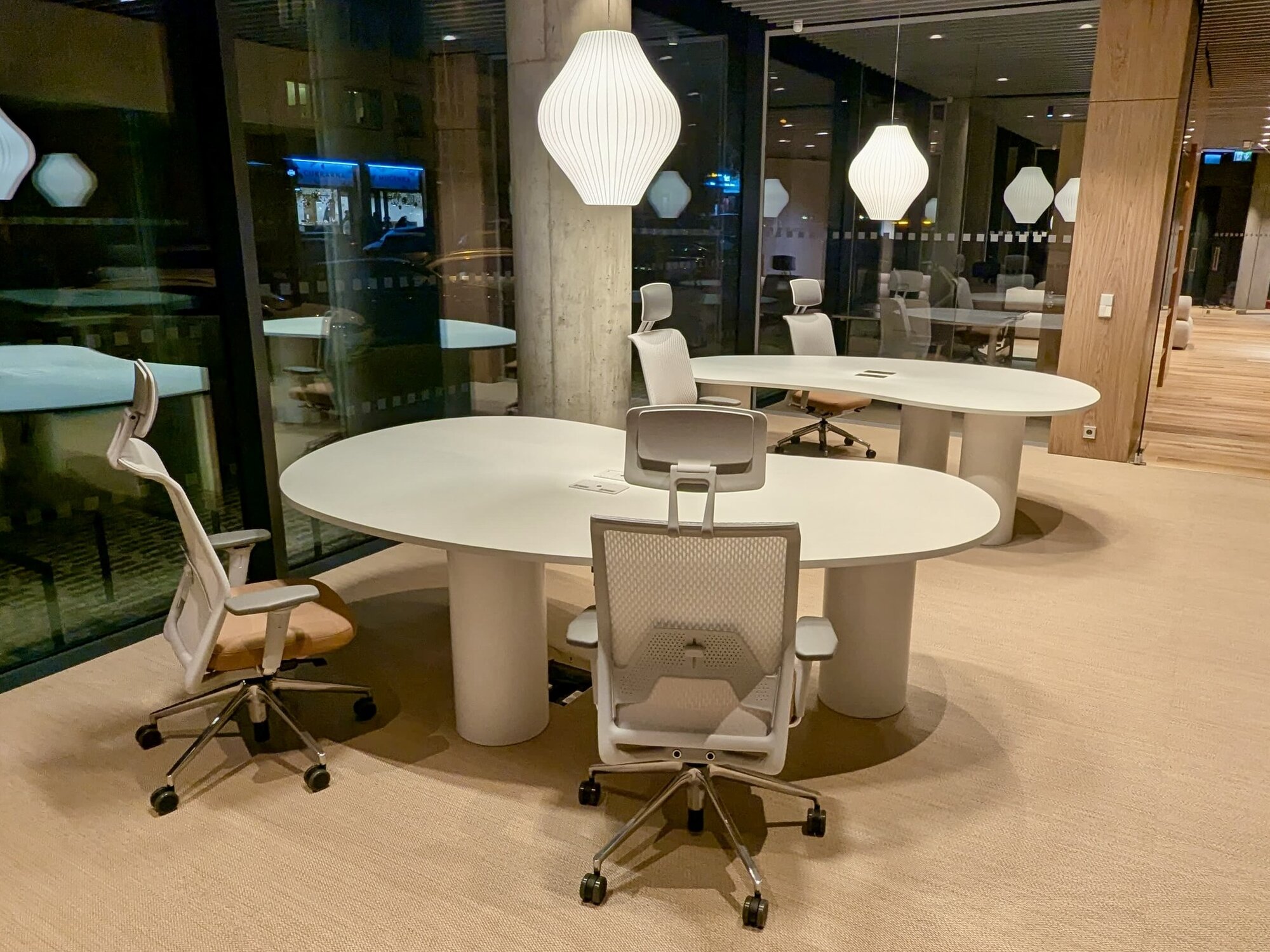With every project, architects and interior designers strive to push their work further, and modern and innovative designs can’t be done without custom manufacturing. Creativity in architecture is also key to innovation and overall progress, and with bespoke manufacturing, architects have many more options. They can experiment and work with unusual materials or techniques to perfectly combine aesthetics with functionality. But they are not the only ones involved in the final result.
Triangle of trade-offs
The wide range of possibilities that custom manufacturing offers to architects often encounters obstacles in the form of expectations of the implementation company and the investor. While the architect wants to materialize his artistic vision (sometimes even to the limit of technical feasibility), the implementation company is looking for the simplest solution without unexpected extra costs and the investor wants a great result at minimum cost and in the shortest possible time.

The differing priorities of each side of this triangle can create friction points that eventually cause cooperation to fall apart. But they also create new opportunities for streamlining processes and innovation. In these cases, atypical manufacturing is a key element that allows a compromise between vision and reality. Working together to find solutions can bring innovative ideas – the architect often has to adapt the design to the production possibilities, while the manufacturer discovers new ways to push the boundaries of its technology. This creates solutions that not only satisfy all parties involved, but often bring something completely new to the table.
Inspiration comes from all sides
Social media, with its endless inspiration, and constantly evolving artificial intelligence are also fundamentally changing the way architects and designers work. New trends and innovative ideas are emerging faster than ever before, placing demands on speed of implementation and flexibility of processes. Atypical manufacturing allows for quick responses to these trends while providing room for experimentation. This allows architects and manufacturers to fully utilize their creativity while learning to work in constantly changing conditions.
Modern technologies such as production automation and digital modeling allow manufacturers to respond to changes almost immediately. Architects and contractors can thus master new challenges while maintaining room for their own inventiveness. And that is exactly what modern architecture in the Czech Republic and around the world needs.
New materials as the driving force behind modern architecture
Atypical production opens the door to the use of new materials and production techniques. Architects have the opportunity to design elements that would not be possible in traditional production. Original results in furniture production can be achieved, for example, by using recycled materials such as PET or felt. However, manufacturers themselves are also striving to promote innovations in production, materials, and design. They strive to keep up with trends, adapt new work processes, and add new materials to their catalogs. Atypical production therefore also helps everyone learn from each other, be more flexible, and adapt.
Custom manufacturing is an important part of progress
Atypical production plays an irreplaceable role in architecture, because you are unlikely to create a unique project with equipment from standard chains. On the contrary, thanks to cooperation between architects, contractors, and investors, unique projects can be created that bring new perspectives not only to interior design. Given the rapid development of technology and changing market requirements, it is therefore essential that architects and manufacturers continue to explore how to exploit the potential of atypical production in their projects. Equally important is good communication between all parties involved.


